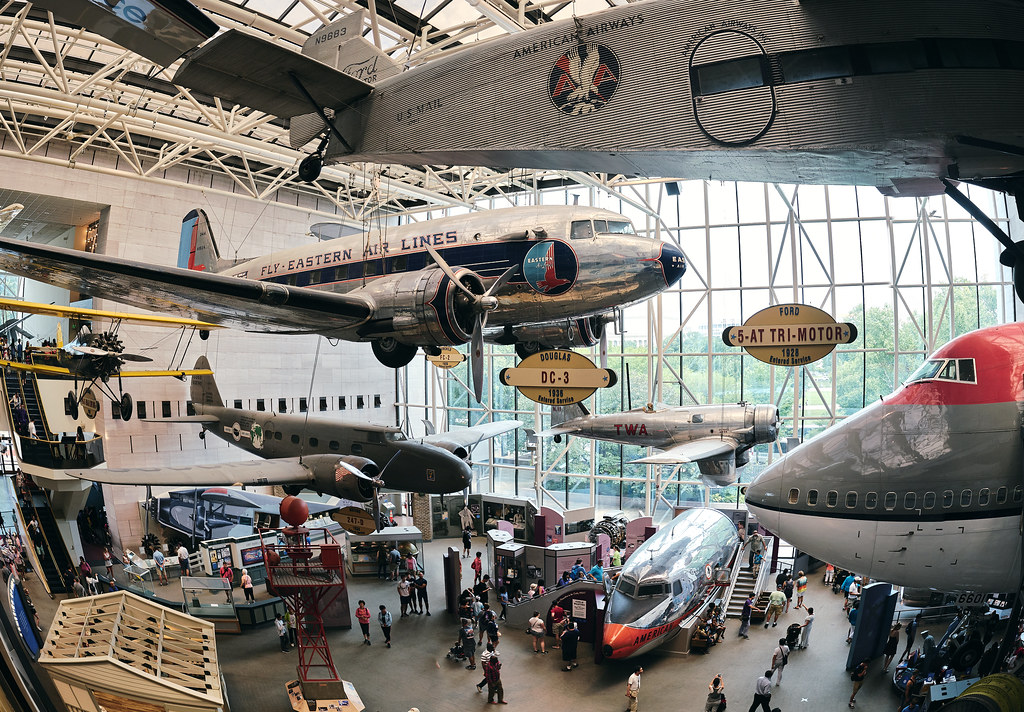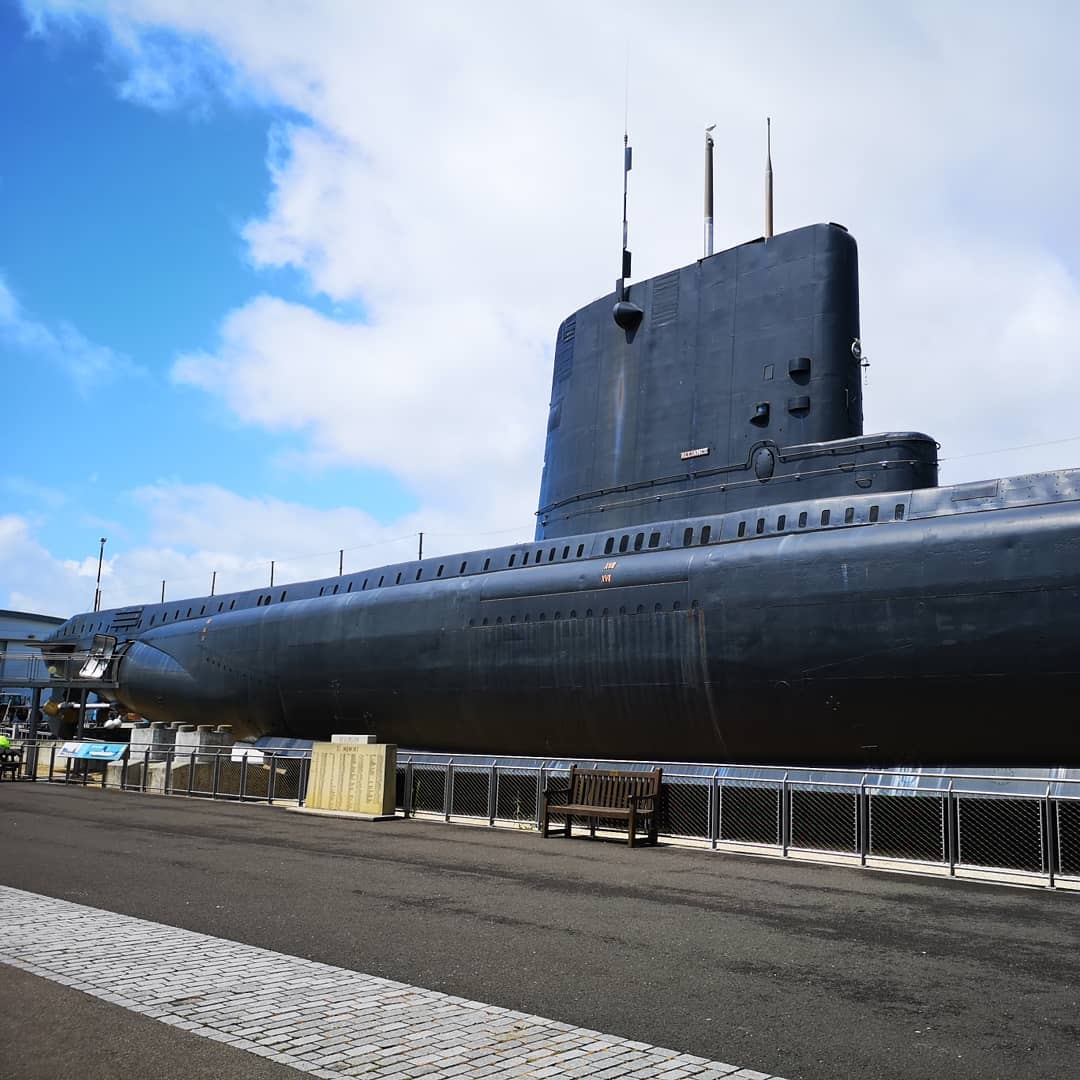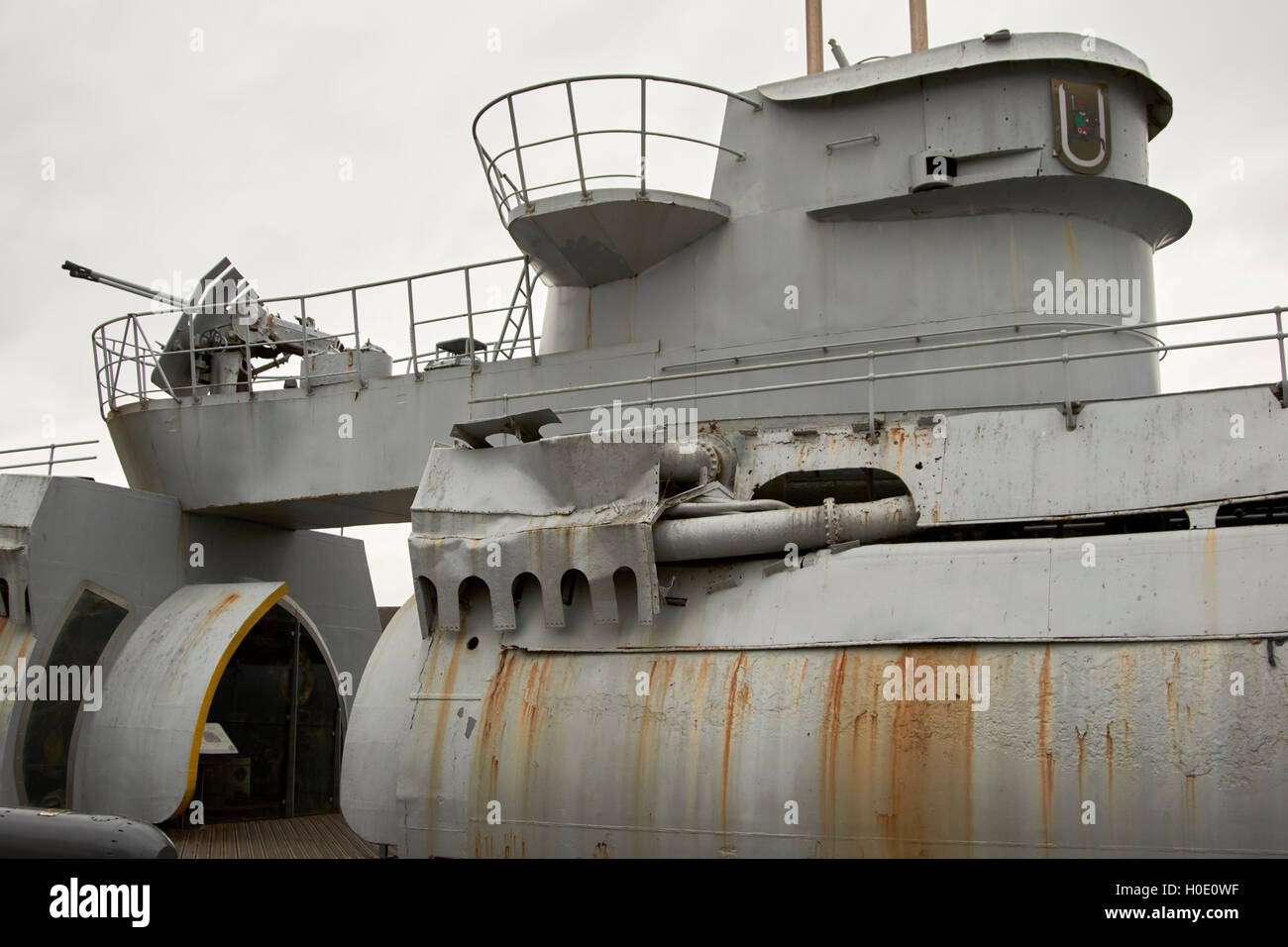

Inherent skills allow us to ask questions, explore, and make conclusions- providing a launch pad for growth and confidence in learning. Whether artist or astrophysicist, everyone starts as a new learner. This exhibit explores the many ways that undersea vehicles expand Navy abilities and reduce risk to Sailors. Missions like these were once impossible, difficult, inefficient, or dangerous to do. Throughout the world, Navy vehicles recover lost objects, spy for information, disarm undersea mines, rescue accident survivors, investigate the ocean, and more. Once confined to science fiction, undersea vehicles now make thousands of dives for the Navy every year.


Search, Spy, Rescue, Recover: Navy Vehicles Under the Sea Step inside a real submarine control room in our submarine technology gallery! This recreated control room from Cold War submarine USS Greenling (SSN 614) features equipment from the sub, including periscopes, the ship control panel, fire control panel, and ballast control panel. The control room is one of a submarine’s most important areas - it contains the equipment that steers the sub, fires its weapons, and plots its position and course. Throughout, witness examples of historic and present-day equipment used to rescue the submariners that risk their lives to protect the nation.Ĭan’t visit in person? View an online version of Saving Submariners here. Navy strongly prefers rescue over escape as the safest, most reliable method of saving submariners. Explore the changes to submarine rescue and escape over time and discover why the U.S. Learn how the Navy saves the survivors of a submarine accident in this new exhibit, which looks at the history of submarine rescue and escape from 1900 through today.

Saving Submariners: Submarine Rescue and Escape Navy’s strategic deterrence program from its Cold War beginnings in the 1950s through today’s modernization efforts. Highlights of the new exhibit include a Trident I (C4) missile payload section and video interviews with retired and active-duty submariners who have conducted deterrence patrols. “Preserving Peace” delves into the storied history of the U.S. Since 1960, ballistic missile submarines have patrolled the world’s oceans with ballistic missiles, deterring nuclear war by their very presence. Preserving Peace: The Navy’s Strategic Deterrence Program This exhibit traces the history of mine warfare from the Revolutionary War through modern operations and features examples of mines from these engagements as well as the Civil War, World War I, and World War II. mine warfare involves both deploying mines and carrying out mine countermeasure operations. Naval mines - prized for their efficacy, flexibility, and cost-effectiveness - have sunk more ships in the past 100 years than any other weapon. We hope you enjoy this look at the most comprehensive display of torpedoes in the United States! torpedoes from early Howell and Whitehead torpedoes to modern torpedoes like the MK 48 ADCAP and MK 50. Learn more about the technological marvel that is the torpedo in our Torpedo Technology exhibit, which follows the history and development of U.S. Navy aircraft and surface ships also rely on torpedoes to target enemy submarines. Torpedoes are the principal weapon of submarines for anti-submarine and anti-ship warfare. As you learn about these principles, consider how the Navy works successfully in this unusual and challenging environment! Come discover the wide range of activities that happen undersea!Įxperience the remarkable and limitless diversity of the world that lies beneath the sea! This highly interactive exhibit explores key physical properties of the ocean such as buoyancy, pressure, density, heat transfer, light, sound, salinity, and oxygen. The museum’s long-term exhibits provide a comprehensive introduction to the Navy’s undersea history and operations.


 0 kommentar(er)
0 kommentar(er)
